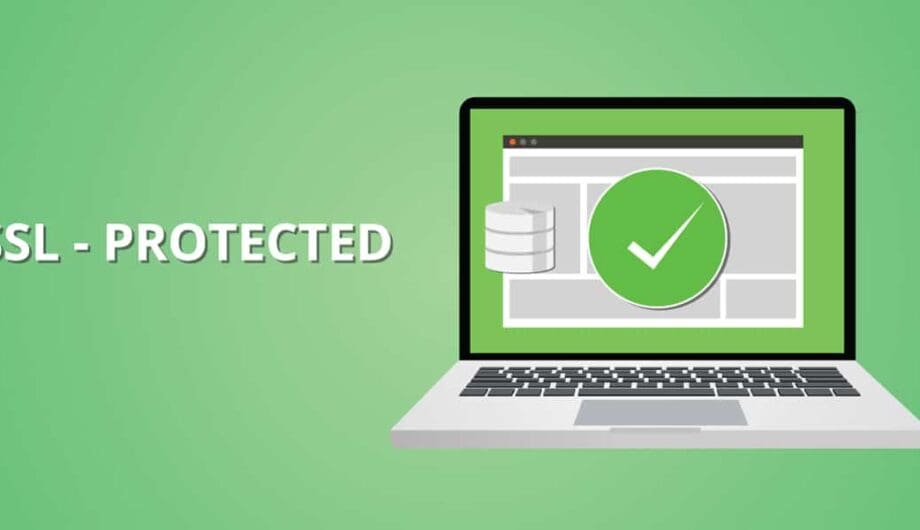
Am I harping on encryption? Yes. Yes I am. Sorry not sorry. It’s important. So you probably want to know, at this point, HOW do you get it on your site?
There are three basic steps to this, but with anything, these steps can be simple or complex.
- Get SSL
- Install SSL
- Change site to https
So those are the basic steps. But of course, it’s not always that simple.
Get SSL
First, you have to have an SSL. There are several different ways to achieve this. You can buy an SSL certificate from a variety of places for a variety of prices. Some web hosts offer free SSLs through Let’s Encrypt, which is one of my favorite options. (Check your cPanel to see if this is an option for you. This is hands down the easiest way to get an SSL. You click the button and it’s done.)
Either way, you first have to get the SSL. If you can’t get it for free from your web host, Namecheap offers them for $9.
Install SSL
If you get your SSL through Let’s Encrypt in your cPanel, then it’s installed for you. Another reason I love it as an option. But if you don’t, then you may have to install it. If you buy from a third party vendor, this is likely the case. If you buy it from your own web host, they will usually install it for you. The installation process varies according to your web hosting type. If you have cPanel, you can often install it from there.
You can verify that your SSL is installed by going to SSLShopper and entering your URL.
Change to https
This is the last step. Just because you have the SSL doesn’t mean your site will use it. You have to switch your site over to https. You will have to change not just the URL of your site, but all links and image paths need to be updated too. If you don’t update all the links and images, you won’t get the green padlock. You can do this with plugins like Better Search and Replace or Really Simple SSL, I’ve used both with success. If you are pretty handy with databases, you can do your own search and replace with an SQL query.
That should be the final step to getting that green padlock. If you do this and still don’t get the green padlock, you can go to Why No Padlock, enter your URL, and it’ll tell you why it’s not working.
The Chrome browser will be marking sites as “Not secure” this year if they aren’t encrypted, so we recommend everyone encrypt. We’re happy to help you with this process if you need it.
Amy Masson
Amy is the co-owner, developer, and website strategist for Sumy Designs. She's been making websites with WordPress since 2006 and is passionate about making sure websites are as functional as they are beautiful.
